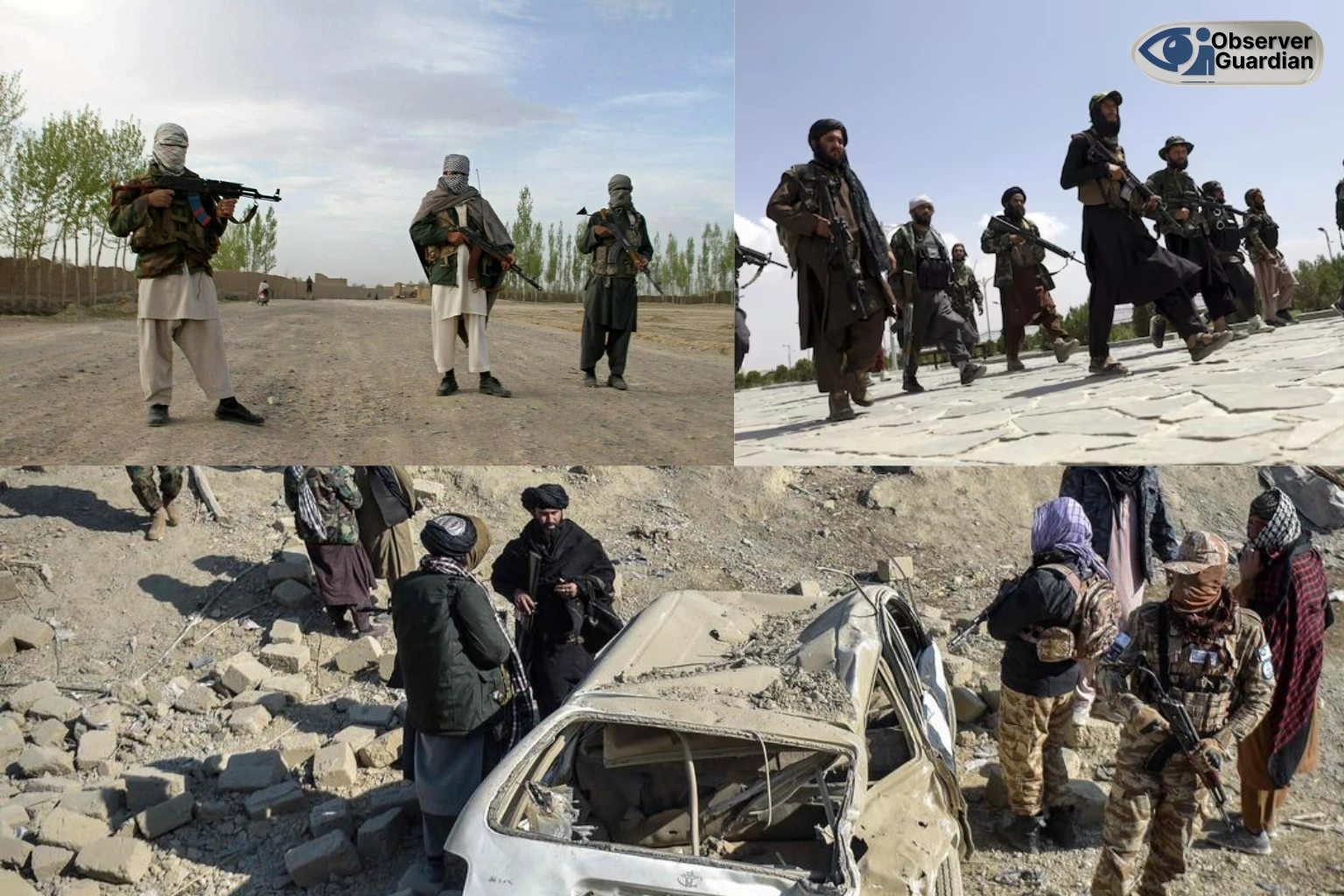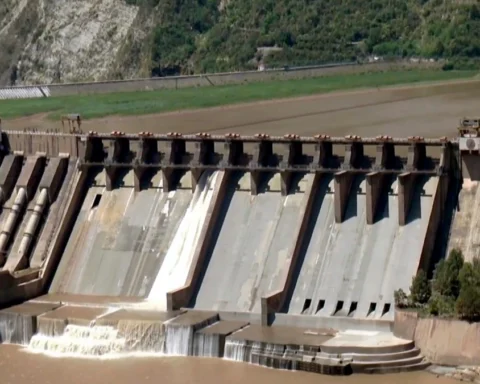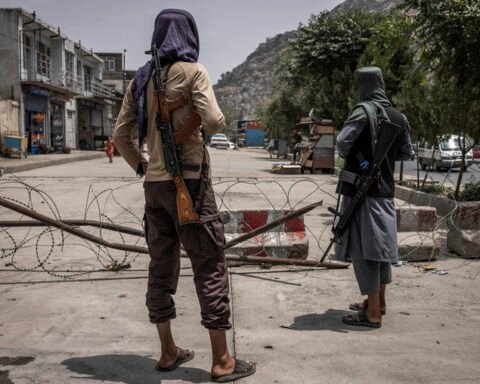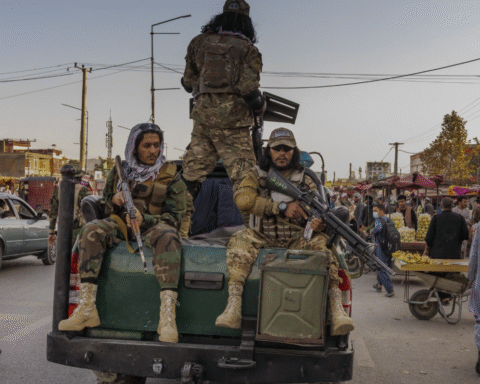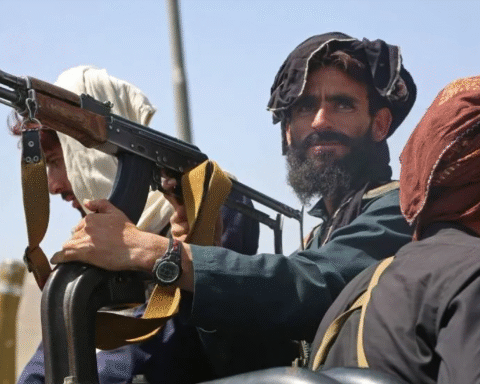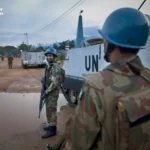Over the years, Pakistan has been warning the international community of the menace posed by unrestricted militancy within Afghan soil. The warnings that were previously discredited as political rhetoric have now been proven and confirmed with evidence and official reports. Afghanistan has emerged as the epicenter of terrorist establishments, with the Tehreek-i-Taliban Pakistan (TTP) leading transnational assaults, which jeopardize not only the national security of Pakistan but also the general structure of regional security.
A report presented by the United Nations in February 2025 revealed that over a dozen terrorist groups were free to operate out of Afghanistan. Such groups, of which the TTP is one, make coordinated attacks within Pakistan with great frequency and are alarming. The report confirms the suspicions that Pakistan has had all along by giving Afghanistan the center stage of the terrorism nexus that is destabilizing the region. This has further been supported by in country acknowledgments, too. Even the former Afghan Army Commander, Lt. Gen. (R) Sami Sadat, as well as the head of the National Resistance Front, Ahmad Massoud, have come out to accept publicly that the Afghan territory is a breeding ground and center of terrorist networks. These revelations remove the slightest doubt and leave the onus on the authorities in Kabul, who seem to simply be unwilling or unable to curb such groups.
To this already threatening fact is added the fact that Afghan soil has been strategically used as a proxy warfare since time immemorial.
One of the former Afghanistan generals has revealed that Indian funds, through Taliban intermediaries, are keeping TTP’s violent campaign alive. This statement reveals the disruptive role of New Delhi in the region, where terrorism is used as a weapon against Pakistan.
It also undercuts India as an image of a responsible stakeholder in the global arena. Through its control over the Afghan based terror networks, India has not only ruined its bilateral relations with Pakistan but also soured the international stand against the sponsorship of militancy by their governments.
The tacit involvement of the Afghan Taliban is at the epicenter of the problem. However, by letting the TTP reorganize, recruit, and train on its territory, Kabul has turned Afghanistan into a center of instability rather than a center of peace. This behavior amounts to an international breach of promises to ensure that the national territory is not used to carry out acts of terrorism, and radically challenges the seriousness of the Taliban regime in the region as a trustworthy actor. The ease with which the terrorist menace is threatening Pakistan can be evidenced by its enhanced counterterrorism activities. The resolve to smash networks operating out of Pakistani havens in neighboring Afghanistan was once again seen on April 28, 2025, when security agencies in three days of operation killed 17 terrorists. Likewise, on August 8 in Zhob, Balochistan, Pakistan, seized and killed 33 cross border fighters explained to be Indian sponsored separatists and Khawarij. The cases are not isolated confrontations, but are part of a coordinated effort of some kind launched across the border.
The regional implications for peace are deep rooted. A primary source of the TTP threat, Afghanistan has been used as a militant training and recruitment ground despite efforts to eliminate the system.
Terrorists trained in Afghanistan have been traversing back to Pakistan regularly to strike civilians, security forces, and critical infrastructures in the country. This untrammeled terrorism is a hindrance to regional cooperation and trade corridors to the economic development of South Asia.
The trilateral platform of Pakistan, China, and Afghanistan, which aimed at cooperation with the slogan of CPEC, is now at risk of disintegrating due to the pressure of cross border militancy.
Another aspect that makes this challenge more alarming is the reality that the TTP has transformed into a transnational threat. The group is no longer limited by the borders of Pakistan, with the funding outside the country, cross border recruitment, and proliferation of safe havens. The case of the arrest of two Bangladeshi nationals who were associated with TTP is evidence of its far reaching networks and aspirations. If the evolution is left unabated, it will result in a TTP regional terror franchise, which will not only be a threat to the country of Pakistan but also to regional and global security in South and Central Asia.
Complacency of the international community is no longer possible. The permissibility of Afghanistan as the springboard of terrorism undermines the delicate equilibrium of security in the region. Making the Taliban in Afghanistan dismantle the militant sanctuaries and make good on promises to halt cross border attacks should be implemented through diplomatic, political, and economic pressure. In the case of Pakistan, the future course must consist of a two pronged approach of continuing counterterrorism efforts to eliminate imminent threats and an effective use of diplomacy to reveal the involvement of other states, specifically India, in perpetuating militancy. Meanwhile, Islamabad should continue to promote the priority of collaborative models, so that the world could be reminded that stable peace cannot be in the isolation of Afghanistan but in its linking as a source of stability.
In the present scenario, Afghanistan finds itself at a life changing crossroads. It has the option of being a friend of peace and connectivity, or to remain a den of violence and aloneness. In the case of Pakistan, the stakes are existential, whereas in the greater region, it is just as critical. There are no boundaries where terrorism ends, and its uncontrolled expansion in Afghanistan threatens to devour the shaky achievements of integration and development. The international community needs to take decisive measures because peace will never be achieved as long as the Afghan land continues to serve as a platform to initiate terror.
Disclaimer: The views and opinions expressed in this article are exclusively those of the author and do not reflect the official stance, policies, or perspectives of the Platform.

